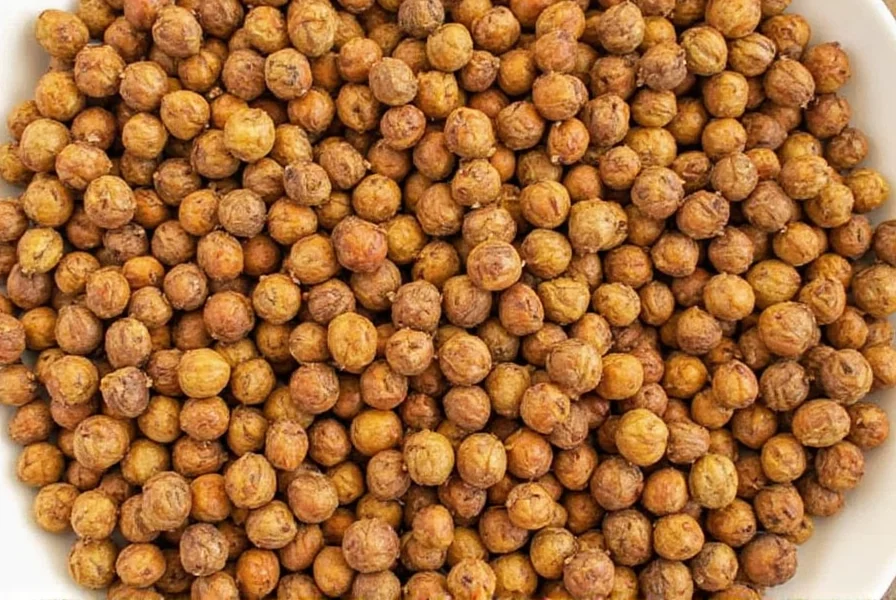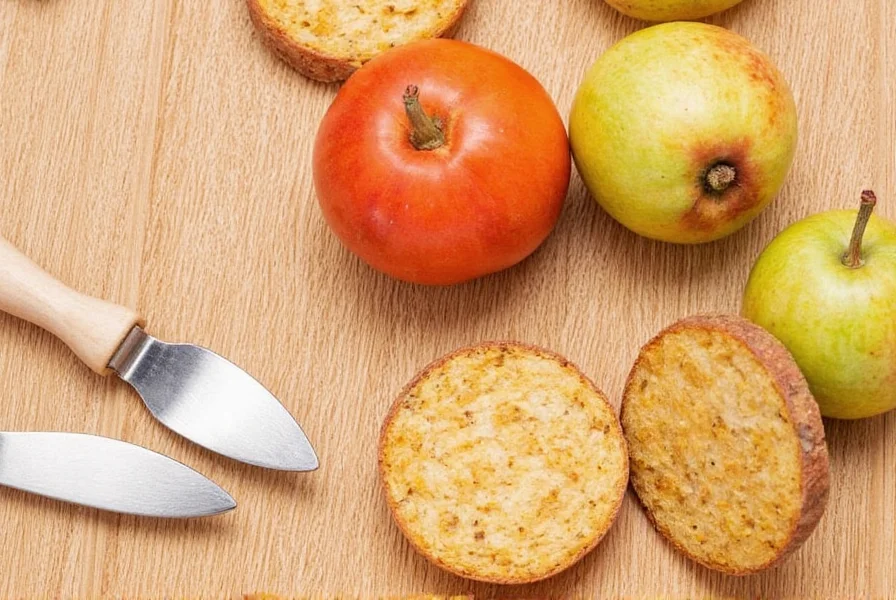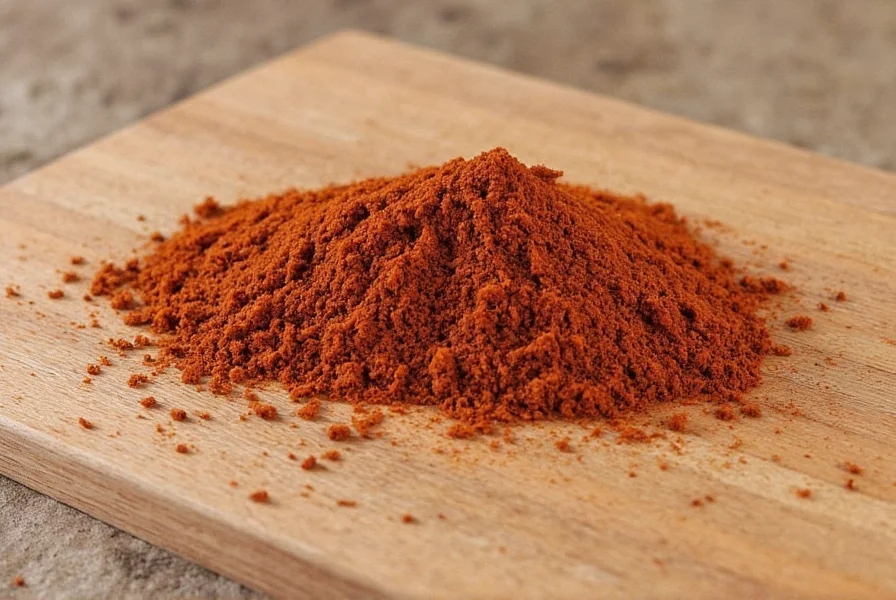Table of Contents
Introduction to Mace Slice
Mace slice is the dried outer layer of the nutmeg seed, prized for its delicate, warm, and slightly sweet flavor. Unlike ground mace, whole slices retain freshness longer and offer precise flavor control in cooking. This guide covers 5 tested recipes, storage tips, substitution methods, and expert buying advice to help you master this underrated spice.

What Is Mace Slice?
Mace is the crimson-red aril covering nutmeg seeds. When dried, it becomes a thin, brittle spice known as mace slice. Unlike ground mace which loses potency quickly, whole slices preserve flavor for years and release aroma gradually when steeped or cooked. This makes them ideal for infusing liquids and controlling spice intensity in dishes.

5 Delicious Mace Slice Recipes
1. Mace-Spiced Beef Stew
Why it works: Mace adds subtle warmth without overpowering rich meats. The slices infuse slowly during slow cooking.
- 2 lbs beef chuck, cubed
- 1 mace slice (whole)
- 2 carrots, diced
- 1 cup red wine
- 2 cups beef broth
Method: Sear beef, then add all ingredients. Simmer 2 hours. Remove mace slice before serving.

2. Mace & Apple Cinnamon Cake
Why it works: Mace complements apples better than nutmeg alone, adding complexity to baked goods.
- 1 mace slice (crushed)
- 3 cups flour
- 2 cups grated apples
- 1 tsp cinnamon
Method: Crush mace slice with mortar. Mix into dry ingredients. Bake at 350°F for 45 minutes.
3. Mace-Infused Hot Chocolate
Why it works: Steeping mace in warm milk creates smooth, aromatic chocolate drinks without bitterness.
- 1 mace slice
- 2 cups whole milk
- 3 tbsp cocoa powder
Method: Simmer milk with mace slice for 10 minutes. Remove slice, then whisk in cocoa and sweetener.
4. Mace-Roasted Cauliflower
Why it works: Mace enhances mild vegetables without dominating flavors.
- 1 head cauliflower, florets
- 1 mace slice
- 2 tbsp olive oil
Method: Toss cauliflower with oil and crushed mace slice. Roast at 400°F for 25 minutes.
5. Mace-Infused Bourbon
Why it works: Mace adds complexity to spirits without overpowering.
- 1 mace slice
- 750ml bourbon
- 1 tsp maple syrup
Method: Steep mace slice in bourbon for 48 hours. Add syrup before serving.
How to Use Mace Slice
For maximum flavor control:
- Steeping: Use 1 slice per 2 cups liquid (tea, broth, or alcohol) for 10-15 minutes
- Crushing: Grind with mortar before adding to dry ingredients for even distribution
- Removal: Always remove whole slices before serving to avoid texture issues
- Storage: Keep in dark glass jars away from heat sources

Where to Buy Mace Slices
Look for these trusted sources:
- Online: Penzeys Spices (US), The Spice House (US), Amazon (check seller ratings)
- Local: Specialty grocery stores like Whole Foods or international markets
- Quality Check: Choose slices with uniform reddish-orange color, no oil spots, and strong sweet-spicy aroma

| Spice | Flavor Profile | Best Used In | Substitution Ratio | Flavor Intensity |
|---|---|---|---|---|
| Mace Slice | Warm, sweet, delicate | Soups, baked goods, infusions | 1 slice = 1/4 tsp ground | 4/10 |
| Nutmeg | Rich, nutty, slightly bitter | Custards, sauces, desserts | 1:1 for ground | 6/10 |
| Cinnamon | Sweet, woody, strong | Coffee, baked goods, savory dishes | 1 tsp cinnamon = 1/2 tsp mace | 8/10 |
| Clove | Pungent, sharp, sweet | Spiced drinks, pickling, meat rubs | 1 clove = 1/8 tsp mace | 9/10 |
Frequently Asked Questions
Can I use mace slices in vegan recipes?
Absolutely! Mace works perfectly in plant-based dishes. Try it in vegan lentil stews, roasted vegetable medleys, or cashew-based "cheese" sauces for added depth without animal products.
How do I prevent mace from making my dish bitter?
Never cook mace slices for more than 30 minutes. Remove them before serving, and use whole slices instead of ground for better control. For sensitive dishes like béchamel, use only 1/2 slice per quart of sauce.
What's the best way to crush mace slices?
Use a mortar and pestle for best results. Place slices between two sheets of parchment paper and gently tap with a rolling pin. Avoid electric grinders which generate heat and destroy volatile oils.
Can I substitute mace for nutmeg in all recipes?
Yes, but adjust quantities. Use 1/4 less mace than nutmeg since it's more delicate. For example, if a recipe calls for 1 tsp nutmeg, use 3/4 tsp mace. Mace works better in light-colored dishes where nutmeg's brown tint might show.
Conclusion
Mace slices are a chef's secret weapon for adding nuanced warmth to dishes without overwhelming other flavors. By following these recipes and usage tips, you'll transform ordinary meals into extraordinary experiences. Remember: always remove whole slices before serving, store properly in dark containers, and experiment with the substitution ratios in our comparison table. Start with the mace-spiced beef stew or hot chocolate recipes to experience this versatile spice in action!












 浙公网安备
33010002000092号
浙公网安备
33010002000092号 浙B2-20120091-4
浙B2-20120091-4